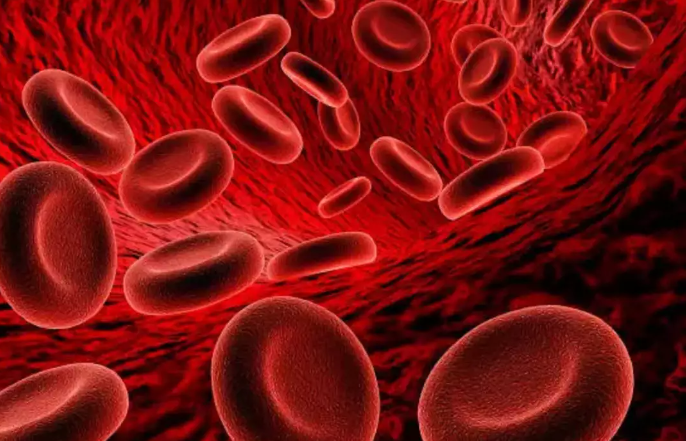Study Reveals Overestimation of Anaemia Prevalence in India
A multi-institutional study led by Dr. Anura Kurpad from St. John’s Medical College, Bengaluru, has found that previous surveys, such as the National Family Health Survey (NFHS), have overestimated the prevalence of anaemia in India.
The study, which involved 4,613 participants across eight states, used venous blood to measure haemoglobin and iron status, in contrast to the finger prick-based capillary blood method used in NFHS surveys.
Study Participants
The study included:
- Adolescents: 647 girls and 674 boys
- Adults: 931 women and 927 men
- Elderly: 714 women and 720 men
Institutions Involved
Several institutions collaborated in this study, including:
- St. John’s Medical College, Bengaluru (lead institution)
- ICMR-NIN, Hyderabad
- Sitaram Bhartia Institute of Science and Research, New Delhi
- CSIR-IGIB, New Delhi
- CSIR-CCMB, Hyderabad
- Banaras Hindu University
- KEM Hospital, Pune
Capillary Blood vs Venous Blood
The study highlights the differences between measuring haemoglobin using capillary blood and venous blood:
Capillary blood haemoglobin tends to underestimate the true value due to plasma-skimming, a phenomenon where the red blood cell count in capillary blood is lower than in venous blood.
Tissue fluid mixing with capillary blood during sample collection leads to dilution and a reduction in haemoglobin value.
WHO Recommendation
The World Health Organization (WHO) has recently recommended that anaemia be diagnosed using venous blood estimations of haemoglobin, supporting the methodology used in this study.
Preprint Status
The results of this study have been posted as a preprint, which means that the findings have not yet undergone peer review, a process that ensures the quality and validity of scientific research.
Significance of the Study
The study’s findings have important implications for public health policies and interventions aimed at addressing anaemia in India:
- Accurate estimation of anaemia prevalence is crucial for planning and implementing effective strategies to combat the condition.
- Overestimation of anaemia prevalence may lead to misallocation of resources and inefficient targeting of interventions.
Important Facts for Exams
- Anaemia is a condition characterized by a lack of healthy red blood cells or haemoglobin, leading to reduced oxygen-carrying capacity of the blood.
- Common causes of anaemia include iron deficiency, vitamin B12 deficiency, chronic diseases, and genetic disorders such as thalassemia and sickle cell anaemia.
- Symptoms of anaemia maay include fatigue, weakness, pale skin, shortness of breath, dizziness, and headaches.
- Anaemia can affect people of all ages, but is particularly prevalent among women of reproductive age, pregnant women, and young children.
- In India, anaemia has been a longstanding public health concern, with previous surveys indicating high prevalence rates across various demographic groups.
Month: Current Affairs - March, 2024
Category: India Nation & States Current Affairs








